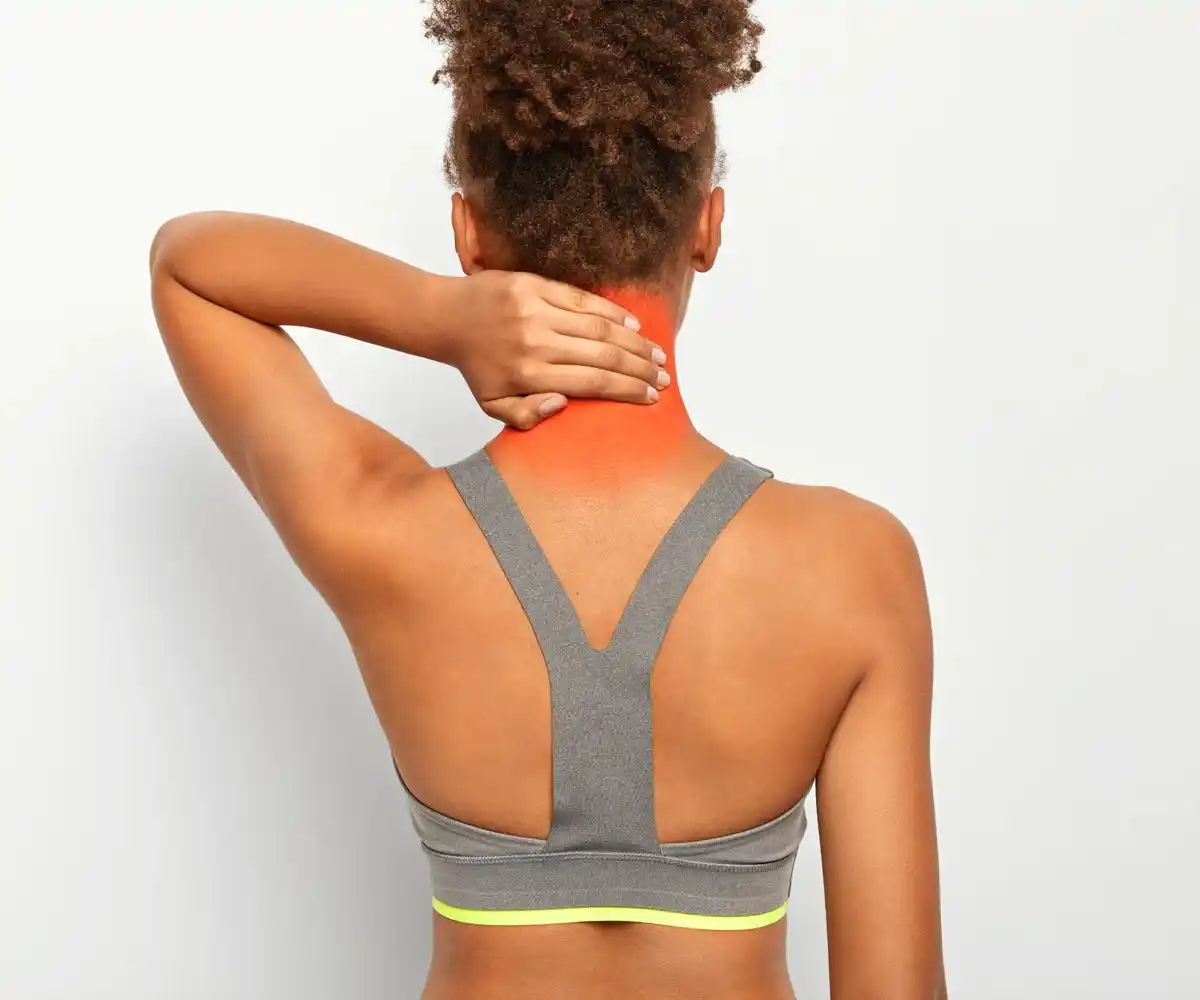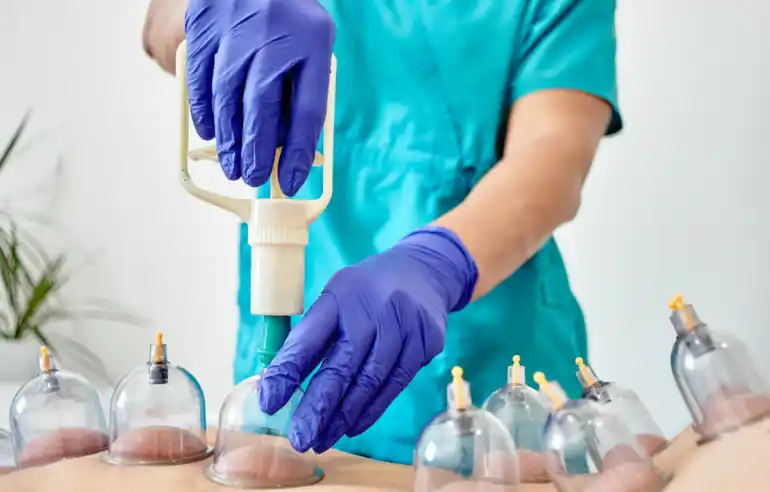Overview
Cervical spondylosis is one of the most prevalent degenerative disorders of the neck region, affecting millions of individuals worldwide and becoming increasingly common after the age of 40. This condition involves the progressive wear and tear of the cervical spine — the part of the spinal column that supports the head and allows movement of the neck. The structures most commonly affected include the vertebrae, intervertebral discs, facet joints, and surrounding ligaments. As these components deteriorate over time, they lose their ability to cushion, stabilize, and move efficiently, resulting in pain, stiffness, and sometimes nerve-related complications.
Often referred to as “neck arthritis” or “cervical osteoarthritis,” cervical spondylosis represents a natural consequence of aging, but lifestyle factors can significantly accelerate its onset. Repetitive strain from certain occupations, sustained poor posture (particularly in today’s screen-heavy lifestyles), lack of exercise, and previous injuries to the neck can all contribute to early degenerative changes.
In simple terms, cervical spondylosis is the gradual breakdown of the structures that support and protect the neck. Over time, this degeneration can lead to disc dehydration and shrinkage, the formation of bony outgrowths called osteophytes, and narrowing of the spaces through which nerves and the spinal cord pass — all of which may produce symptoms ranging from mild stiffness to severe neurological issues.
At DMPhysios, a leading clinic in Noida renowned for its expertise in spine and sports conditions, cervical spondylosis is one of the most frequently managed conditions. The clinic’s approach is built on patient-centered rehabilitation, combining expert clinical assessment, evidence-based physiotherapy techniques, and individualized exercise programs. By addressing not only pain but also posture, muscle imbalances, and lifestyle factors, DMPhysios helps patients regain neck mobility, reduce the risk of flare-ups, and prevent further progression of cervical spondylosis. This holistic, science-driven approach empowers individuals to return to their daily activities with greater comfort and confidence.
Symptoms
The symptoms of cervical spondylosis can vary widely from person to person. Many people may have radiological signs of cervical spondylosis without any symptoms, while others may experience severe pain and neurological complications. Common symptoms include:
- Neck pain and stiffness: Often worse after prolonged sitting or at the end of the day.
- Reduced neck mobility: Difficulty turning the head side-to-side or tilting forward and backward.
- Headaches: Often originating from the back of the head (cervicogenic headaches).
- Radicular pain: Pain radiating into the shoulders, arms, or hands due to nerve root compression.
- Numbness or tingling: Especially in the upper limbs, hands, or fingers.
- Weakness in arms or hands: In more severe cases where nerves are compressed.
- Grinding or popping sound: Felt or heard during neck movement due to joint changes.
- Loss of balance or coordination: In rare cases when the spinal cord is involved (cervical myelopathy).
At DMPhysios, clinicians perform a detailed assessment of these symptoms to identify the severity and type of cervical spondylosis, ensuring a tailored treatment plan.
Types of Cervical Spondylosis
Although cervical spondylosis is often discussed as one entity, it can present in different forms depending on which structures are involved:
- Disc Degeneration Predominant Cervical Spondylosis
Here, the primary issue is dehydration and thinning of the intervertebral discs, leading to reduced cushioning between vertebrae. - Facet Joint Arthritis (Uncovertebral Joint Degeneration)
The small joints between the vertebrae become arthritic, resulting in stiffness and pain with neck movement. - Cervical Radiculopathy due to Spondylosis
This occurs when nerve roots are compressed by bone spurs or herniated discs, leading to radiating arm pain, numbness, or weakness. - Cervical Myelopathy due to Spondylosis
A more serious type where the spinal cord is compressed, causing balance problems, gait changes, and sometimes bladder or bowel symptoms.
Recognizing the type of cervical spondylosis is crucial because the treatment approach may differ. DMPhysios employs evidence-based diagnostic tests and physical evaluations to differentiate between these presentations.
Causes
Cervical spondylosis develops due to a combination of age-related changes and external factors. Major causes include:
- Natural aging process: The primary cause; discs lose hydration and elasticity over time.
- Bone spur formation (osteophytes): The body tries to compensate for disc loss by producing extra bone, which can impinge on nerves.
- Ligament stiffening: Neck ligaments can thicken and lose flexibility with age.
- Poor posture: Prolonged forward head posture, often due to mobile phone and computer use.
- Repetitive strain: Activities requiring frequent neck movements or heavy lifting.
- Previous neck injuries: Trauma accelerates degenerative changes.
- Genetic predisposition: Family history may increase the risk of cervical spondylosis.
Risk Factors
Certain factors increase the likelihood of developing cervical spondylosis or make symptoms worse:
- Age over 40 years
- Sedentary lifestyle and lack of exercise
- Smoking (which impairs blood flow to spinal tissues)
- Heavy or repetitive neck movements (e.g., manual labor or sports)
- Poor ergonomics at work
- High-impact activities or accidents
- Obesity (increasing mechanical stress)
At DMPhysios, risk factor modification is a major part of patient-centered rehab. Patients are educated about ergonomics, posture correction, and lifestyle changes to slow disease progression.
Treatment
The treatment of cervical spondylosis depends on the severity of symptoms. Most patients respond well to conservative (non-surgical) measures. The main goals are pain relief, improved mobility, and prevention of neurological complications.
1. Medications
- Nonsteroidal anti-inflammatory drugs (NSAIDs) to reduce pain and inflammation.
- Muscle relaxants for spasm relief.
- Neuropathic pain medications if nerve pain is present.
2. Activity Modification
Avoiding aggravating activities and adopting proper posture techniques can significantly reduce symptoms.
3. Cervical Collar (short-term use)
May be used briefly during acute pain episodes but is not recommended long-term to avoid weakening the neck muscles.
4. Injections
In some cases, epidural steroid injections or facet joint injections may be prescribed to reduce severe inflammation.
5. Surgery
Reserved for patients with severe nerve or spinal cord compression, progressive weakness, or failure of conservative treatment.
While medical treatment is important, physiotherapy remains the cornerstone of cervical spondylosis management. This is where DMPhysios excels.
Physiotherapy Treatment
At DMPhysios, a clinic located in Noida specializing in spine and sports conditions with patient-centered rehab, physiotherapy for cervical spondylosis is evidence-based and customized to each individual. The aim is to relieve pain, improve neck function, restore posture, and reduce recurrence.
1. Pain Relief Modalities
- Heat therapy or moist hot packs to relax tight muscles.
- Cryotherapy for acute inflammation.
- Ultrasound therapy or interferential therapy (IFT) to reduce pain and improve circulation.
- TENS (Transcutaneous Electrical Nerve Stimulation) for nerve pain relief.
2. Manual Therapy
- Gentle mobilizations of cervical spine joints to improve movement.
- Soft tissue release for tight neck and shoulder muscles.
- Trigger point therapy for myofascial pain associated with cervical spondylosis.
3. Posture and Ergonomic Training
Since poor posture is a major contributor, DMPhysios provides detailed ergonomic advice for workplace and daily activities.
- Correct sitting and standing posture.
- Screen height adjustment for computers.
- Avoiding prolonged forward head posture.
4. Exercise Therapy
A structured exercise program is central to the treatment of cervical spondylosis. Common exercises include:
- Chin tucks (to strengthen deep cervical flexors and improve posture).
- Neck isometrics (gentle resistance exercises to improve muscle support).
- Scapular strengthening (to stabilize shoulder girdle and unload the neck).
- Upper back extension exercises (to counteract slouched posture).
- Stretching of tight muscles like upper trapezius, levator scapulae, and pectorals.
Exercises at DMPhysios are progressed gradually, ensuring safety and effectiveness.
5. Neural Mobilization
If nerve symptoms (like tingling or numbness) are present, nerve gliding or flossing techniques may be incorporated.
6. Lifestyle and Home Program
Patients are educated to continue their home exercise programs, maintain good posture, and avoid prolonged static positions.
7. Education and Self-Management
Understanding the condition empowers patients. DMPhysios therapists spend time explaining cervical spondylosis, its causes, and how to prevent recurrences.
Prevention
Although aging cannot be stopped, certain preventive strategies can delay or minimize the progression of cervical spondylosis:
- Maintain good posture during work and leisure.
- Take frequent breaks during desk jobs.
- Regular neck and upper back exercises to maintain strength and flexibility.
- Ergonomic adjustments for chairs, desks, and screens.
- Avoid smoking and maintain a healthy body weight.
- Use proper techniques when lifting or carrying heavy loads.
- Regular check-ups at specialized centers like DMPhysios for early detection and management.
Conclusion
Cervical spondylosis is a widespread condition that can significantly affect quality of life if left unmanaged. Fortunately, with early intervention, lifestyle modifications, and professional physiotherapy, most people can lead an active and pain-free life.
At DMPhysios, a leading clinic in Noida for spine and sports conditions that emphasizes patient-centered rehabilitation, comprehensive care for cervical spondylosis includes thorough assessment, advanced physiotherapy techniques, and personalized exercise programs. By addressing not just the symptoms but also the underlying causes, DMPhysios empowers patients to take control of their health.
If you or a loved one is struggling with neck pain, stiffness, or nerve-related symptoms, don’t wait for it to worsen. Contact DMPhysios today to schedule a consultation and start your journey toward a healthier, stronger neck. Early action is the key to preventing complications and maintaining your quality of life.









